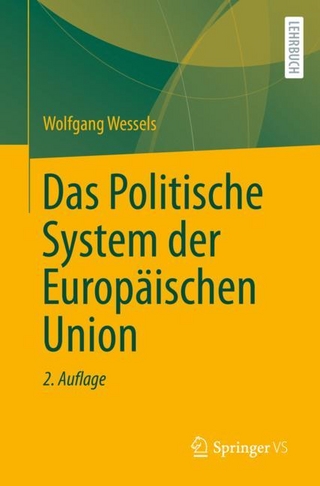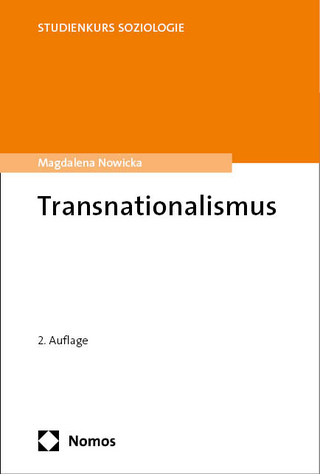
U.S. Air Force Strategic Deterrence Analytic Capabilities
An Assessment of Tools, Methods, and Approaches for the 21st Century Security Environment
Seiten
2015
National Academies Press (Verlag)
978-0-309-38748-4 (ISBN)
National Academies Press (Verlag)
978-0-309-38748-4 (ISBN)
- Titel ist leider vergriffen;
keine Neuauflage - Artikel merken
Since the early 1960s, the U.S. strategic nuclear posture has been composed of a triad of nuclear-certified long-range bombers, intercontinental ballistic missiles, and submarine-launched ballistic missiles. Since the early 1970s, U.S. nuclear forces have been subject to strategic arms control agreements. The large numbers and diversified nature of the U.S. nonstrategic (tactical) nuclear forces, which cannot be ignored as part of the overall nuclear deterrent, have decreased substantially since the Cold War. While there is domestic consensus today on the need to maintain an effective deterrent, there is no consensus on precisely what that requires, especially in a changing geopolitical environment and with continued reductions in nuclear arms. This places a premium on having the best possible analytic tools, methods, and approaches for understanding how nuclear deterrence and assurance work, how they might fail, and how failure can be averted by U.S. nuclear forces.
U.S. Air Force Strategic Deterrence Analytic Capabilities identifies the broad analytic issues and factors that must be considered in seeking nuclear deterrence of adversaries and assurance of allies in the 21st century. This report describes and assesses tools, methods - including behavioral science-based methods - and approaches for improving the understanding of how nuclear deterrence and assurance work or may fail in the 21st century and the extent to which such failures might be averted or mitigated by the proper choice of nuclear systems, technological capabilities, postures, and concepts of operation of American nuclear forces. The report recommends criteria and a framework for validating the tools, methods, and approaches and for identifying those most promising for Air Force usage.
Table of Contents
Front Matter
Summary
1 Introduction
2 Analytic Issues and Factors Affecting Deterrence and Assurance
3 Selected Discussion of Tools, Methods, and Approaches for
Deterrence and Assurance
4 The Recommended Way Forward
Appendixes
Appendix A: Terms of Reference
Appendix B: Biographical Sketches of Committee Members
Appendix C: Meetings and Speakers
Appendix D: Tailored Deterrence and Strategic Capabilities:
Situation-Specific Knowledge of Peers, Near-Peers, Regional, and
Non-State Actors
Appendix E: Tailored Deterrence and Strategic Intentions:
Actor-Specific Knowledge for Deterrence and Assurance Strategies
U.S. Air Force Strategic Deterrence Analytic Capabilities identifies the broad analytic issues and factors that must be considered in seeking nuclear deterrence of adversaries and assurance of allies in the 21st century. This report describes and assesses tools, methods - including behavioral science-based methods - and approaches for improving the understanding of how nuclear deterrence and assurance work or may fail in the 21st century and the extent to which such failures might be averted or mitigated by the proper choice of nuclear systems, technological capabilities, postures, and concepts of operation of American nuclear forces. The report recommends criteria and a framework for validating the tools, methods, and approaches and for identifying those most promising for Air Force usage.
Table of Contents
Front Matter
Summary
1 Introduction
2 Analytic Issues and Factors Affecting Deterrence and Assurance
3 Selected Discussion of Tools, Methods, and Approaches for
Deterrence and Assurance
4 The Recommended Way Forward
Appendixes
Appendix A: Terms of Reference
Appendix B: Biographical Sketches of Committee Members
Appendix C: Meetings and Speakers
Appendix D: Tailored Deterrence and Strategic Capabilities:
Situation-Specific Knowledge of Peers, Near-Peers, Regional, and
Non-State Actors
Appendix E: Tailored Deterrence and Strategic Intentions:
Actor-Specific Knowledge for Deterrence and Assurance Strategies
1 Front Matter; 2 Summary; 3 1 Introduction; 4 2 Analytic Issues and Factors Affecting Deterrence and Assurance; 5 3 Selected Discussion of Tools, Methods, and Approaches for Deterrence and Assurance; 6 4 The Recommended Way Forward; 7 Appendixes; 8 Appendix A: Terms of Reference; 9 Appendix B: Biographical Sketches of Committee Members; 10 Appendix C: Meetings and Speakers; 11 Appendix D: Tailored Deterrence and Strategic Capabilities: Situation-Specific Knowledge of Peers, Near-Peers, Regional, and Non-State Actors; 12 Appendix E: Tailored Deterrence and Strategic Intentions: Actor-Specific Knowledge for Deterrence and Assurance Strategies
| Verlagsort | Washington |
|---|---|
| Sprache | englisch |
| Maße | 178 x 254 mm |
| Themenwelt | Sozialwissenschaften ► Politik / Verwaltung ► Europäische / Internationale Politik |
| Technik | |
| ISBN-10 | 0-309-38748-5 / 0309387485 |
| ISBN-13 | 978-0-309-38748-4 / 9780309387484 |
| Zustand | Neuware |
| Haben Sie eine Frage zum Produkt? |
Mehr entdecken
aus dem Bereich
aus dem Bereich
erfolgreiche Interessenvertretung durch Prozesskompetenz im komplexen …
Buch | Hardcover (2023)
Wiley-VCH (Verlag)
42,00 €


